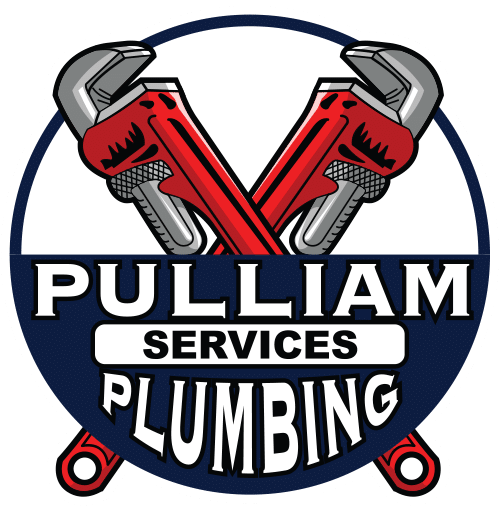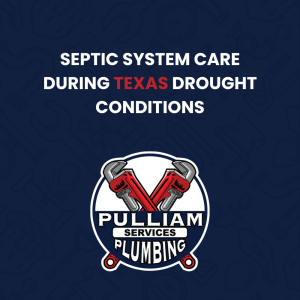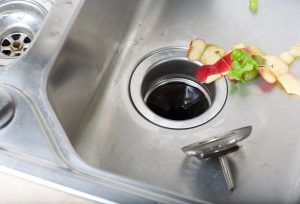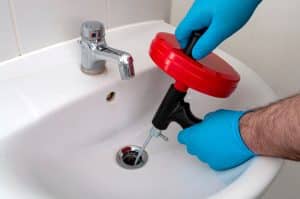Plumbing emergencies can catch anyone by surprise, turning a normal day into a stressful situation. Knowing how to respond swiftly and effectively can make a big difference. Whether it’s a burst pipe, a backed-up sewer, or a leaking water heater, taking the right steps immediately helps minimize damage.
Recognizing Plumbing Emergencies
Identifying a plumbing emergency early can save you from bigger troubles down the line. For starters, a burst pipe is a clear sign you’re in an emergency—water gushing out rapidly can lead to structural damage if not dealt with immediately. Another major red flag is sewage backing up into your home. This isn’t just unpleasant; it’s a health hazard that requires urgent attention. Also, if you notice that your water heater is leaking or making strange noises, it could mean impending failure, leading to significant water damage.
Not every leak or drip qualifies as an emergency, though. You need to know how to differentiate between minor issues and ones that demand immediate action. For instance, a small, steady drip from a faucet can likely wait for regular business hours. However, if that leak is coming from a pipe under your house or from a plumbing fixture connected to your home’s main water line, you’ll need to act fast.
Delaying action on a plumbing emergency can lead to severe consequences. Water damage can escalate rapidly, causing harm to floors, walls, and personal belongings. Plus, it can promote mold growth, which affects indoor air quality and can lead to health issues for the household. Acting quickly reduces the risk of these complications and keeps repair costs manageable.
Immediate Actions to Minimize Damage
When a plumbing emergency strikes, the first thing you should do is shut off your home’s water supply. Knowing where your main shut-off valve is located will save precious time. If the issue is with a specific fixture, like a sink or toilet, you can turn off the water supply directly at the fixture if possible, using the valve located beneath it.
Once the water flow is stopped, focus on containing any leaks and managing overflow. Utilize towels, buckets, or temporary seals to prevent water from spreading further. Mop up excess water quickly to avoid damage to flooring and minimize the risk of slipping.
Having the right tools and materials on hand can make a big difference in how effectively you handle the scenario. Keep a basic plumbing kit available, including items like a pipe wrench, plumber’s tape, and a multi-use plunger. These tools can help you address minor issues until professional help arrives. Additionally, make sure your emergency contact list is up to date, so you can quickly reach out to a trusted plumbing professional for assistance.
Communication and Coordination During an Emergency
Handling a plumbing emergency efficiently involves clear communication and good coordination. Know exactly who you should contact when things go wrong. This usually includes calling a professional plumber for quick assistance. Be ready to provide essential details such as the nature of the problem, when it started, and any immediate actions you’ve taken. This information will help them assess the situation and prepare for repairs before they even arrive at your door.
Coordinating with family members or housemates is also crucial. Make sure everyone knows where the main water shut-off valve is located and how to use it. Assign roles for managing the situation—someone can manage phone communications while another monitors the affected area. Having a plan in place reduces panic and helps everyone act quickly and efficiently.
Creating an effective communication template for calling a plumber can save time. This template should include quick notes about your address, the specific issue, and any immediate risks like flooding or electrical hazards. Keeping a scripted note nearby ensures you cover all bases under stress, allowing you to stay calm and organized.
Preventive Measures to Avoid Future Emergencies
Preventing plumbing emergencies begins with regular maintenance tasks. Start by regularly checking under sinks, around toilets, and in basements for leaks or signs of moisture. Fix any small leaks immediately, as these can escalate into bigger problems if neglected. Drains should be cleaned periodically to prevent clogs—use natural solutions like baking soda and vinegar for routine maintenance.
Keep an eye out for early signs of trouble in your plumbing system, such as slow drains, low water pressure, or water spots on ceilings. These can indicate underlying issues that need professional attention. Addressing these early can prevent larger emergencies from developing.
Consider upgrades and installations that boost plumbing safety. Installing pressure regulators can protect your pipes from bursts due to high pressure. Adding water leak sensors near appliances and fixtures can provide early warnings, allowing you to take action before significant damage occurs.
Conclusion
Being equipped with essential tips for handling plumbing emergencies can make a substantial difference in the event of unexpected mishaps. Recognizing the early signs of trouble, coordinating effectively, and performing routine maintenance can keep your plumbing system running smoothly and minimize the chances of future emergencies. Each proactive step you take not only safeguards your home but also saves you money and stress down the road. Keeping these tips in mind, you can navigate plumbing challenges with confidence.
If you ever find yourself dealing with a plumbing emergency, trust our experts at Pulliam Plumbing to deliver swift and reliable solutions. Our experienced emergency plumbers in Boerne, TX are ready to tackle any plumbing issue you face, ensuring peace of mind when you need it most. Reach out today and let us help you maintain a safe and problem-free home!




